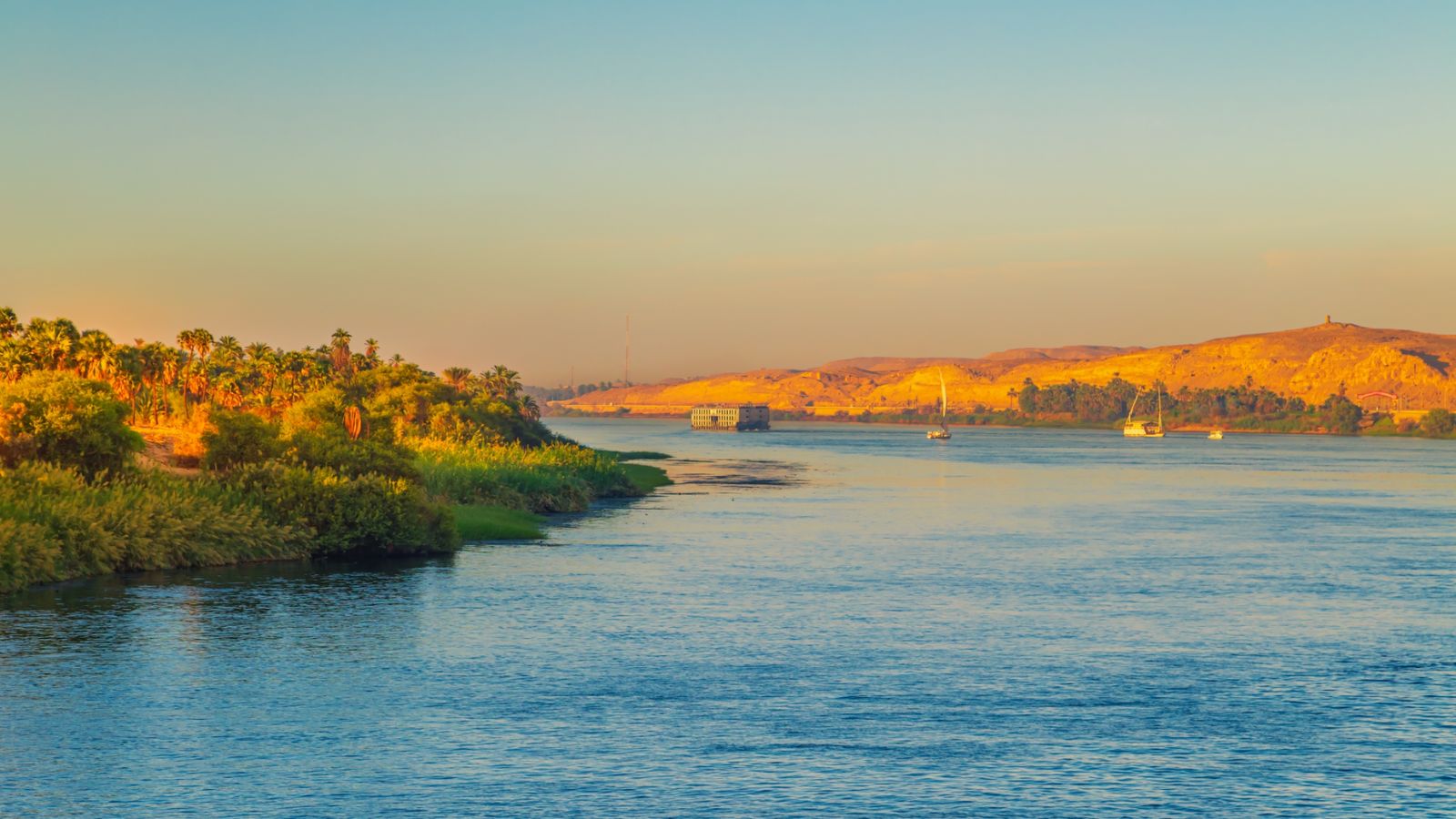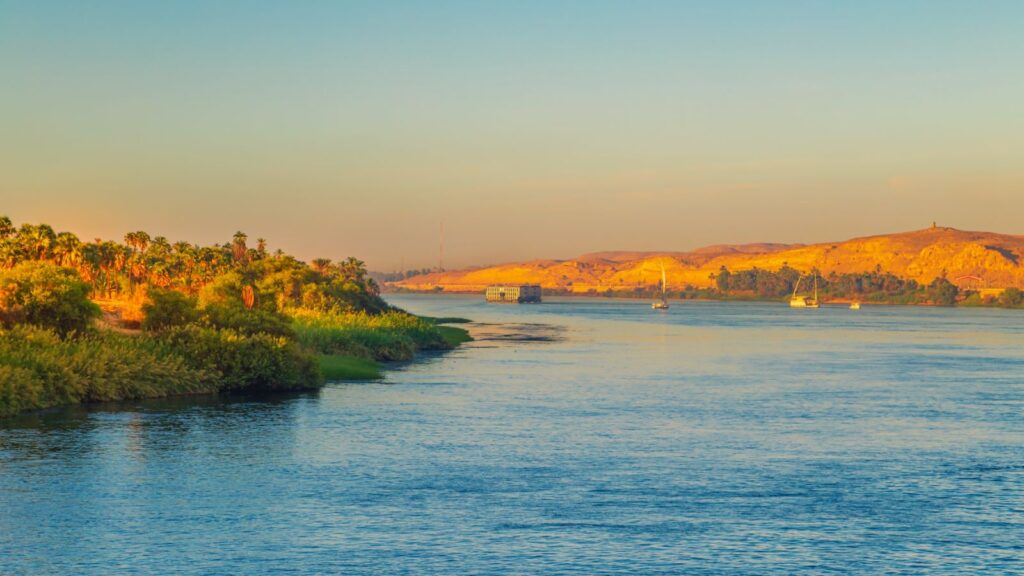Rivers are the lifeblood of our planet, shaping landscapes and supporting countless ecosystems and communities. Here are the ten longest rivers in the world, each with its unique story and significance.

1. The Nile
Stretching over 4,135 miles, the Nile is often considered the longest river in the world. Flowing through northeastern Africa, it passes through countries like Egypt, Sudan, and Uganda. This river has been a crucial water source for civilizations since ancient times, especially for the ancient Egyptians who built their society along its banks.
2. The Amazon
The Amazon River, spanning around 4,000 miles, is not only long but also incredibly mighty. Flowing through South America, primarily Brazil, it has the largest drainage basin in the world and discharges more water than any other river. The Amazon rainforest, fed by this river, is one of the most biodiverse places on Earth.
3. The Yangtze
At about 3,915 miles, the Yangtze River is the longest river in Asia. Running through China, it plays a vital role in the country’s culture, economy, and history. The river supports agriculture, industry, and transportation, and is home to the famous Three Gorges Dam, the largest hydroelectric power station in the world.
4. The Mississippi-Missouri River System
The combined length of the Mississippi and Missouri Rivers is approximately 3,710 miles, making it the longest river system in North America. The Mississippi starts in Minnesota and flows south, while the Missouri begins in Montana and joins the Mississippi in Missouri. This river system has been crucial for trade, transport, and agriculture in the United States.
5. The Yenisei
Flowing through Mongolia and Russia, the Yenisei River is about 3,445 miles long. It is the largest river system flowing into the Arctic Ocean. The river’s basin is rich in minerals and natural resources, making it an important route for transportation and industry in Siberia.
6. The Yellow River
The Yellow River, or Huang He, stretches for around 3,395 miles across China. Known as the cradle of Chinese civilization, it has supported agriculture and human settlements for thousands of years. The river gets its name from the yellow silt it carries, which enriches the soil along its banks.
7. The Ob-Irtysh
This river system, extending about 3,364 miles, flows through Russia, Kazakhstan, and China. The Ob River and its primary tributary, the Irtysh, are vital for transport, irrigation, and fishing in Siberia. The rivers freeze for several months each year, significantly impacting the local climate and ecosystem.
8. The Paraná
At approximately 3,030 miles, the Paraná River runs through South America, mainly Argentina, Brazil, and Paraguay. It is the second-longest river on the continent and is essential for hydroelectric power and irrigation. The river also supports diverse wildlife and ecosystems in the region.
9. The Congo
The Congo River, formerly known as the Zaire River, stretches about 2,920 miles across Central Africa. It is the deepest river in the world and has the second-largest drainage basin after the Amazon. The Congo is a crucial source of water, food, and transportation for millions of people in the region.
10. The Amur
The Amur River, approximately 2,763 miles long, forms the border between northeastern China and Russia. It is vital for fishing, agriculture, and as a natural boundary. The river’s diverse ecosystems support a wide range of wildlife, including endangered species like the Siberian tiger.







